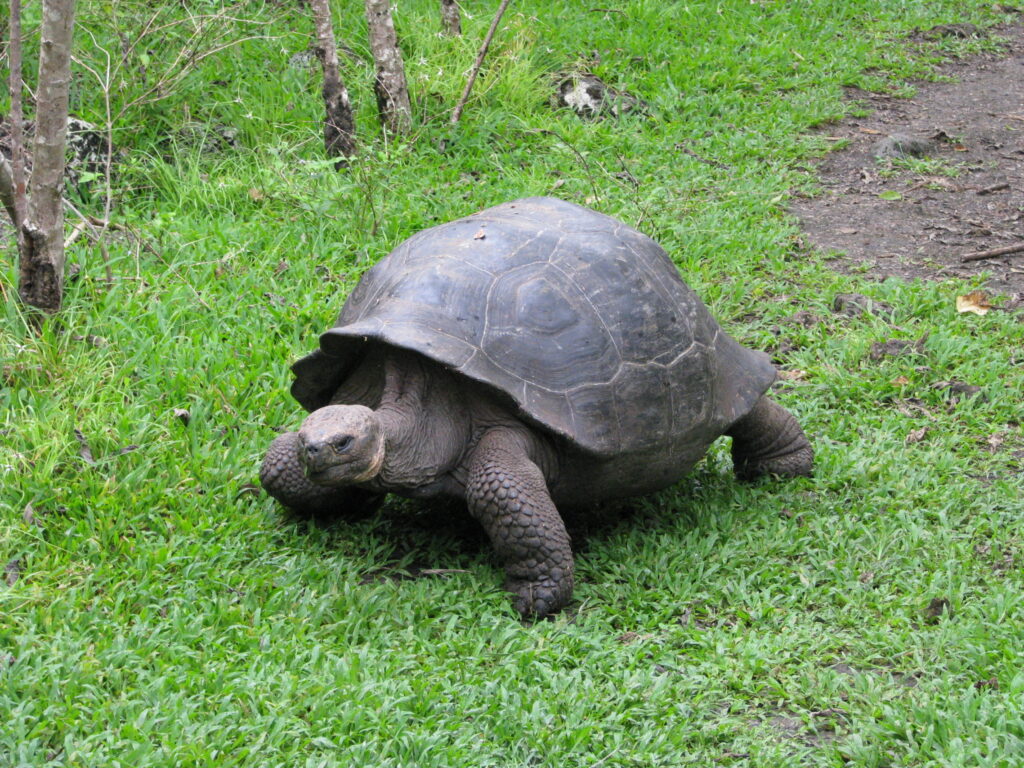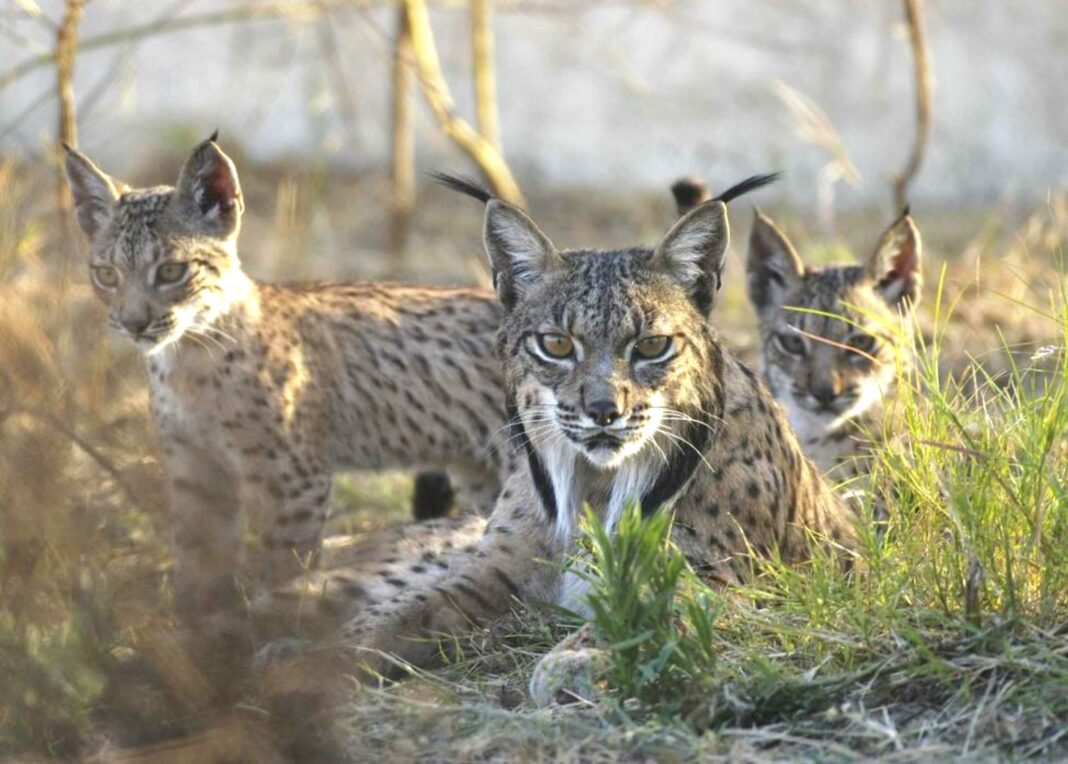Ancient DNA from endangered species can give natural selection a foothold for reestablishing populations.
The Iberian lynx (Lynx pardinus), native to Spain, is one of the world’s most endangered cats. In 2002, scientists estimated that the population had reached a low of 100 animals. Since then, the population has recovered to an estimated 400, thanks to the World Wildlife Fund, the Spanish and Portuguese governments, and the Iberian Lynx Captive Breeding Committee.
At such low numbers, maintaining genetic diversity is a major concern. Even as conservationists released lynx kittens at locations like Doñana National Park in Spain, others worked to ensure the population’s genetic diversity. And they did it with the help of historical DNA from lynx specimens in private collections and museums.
Scientists used 245 DNA samples from various cats to reconstruct the species’ genetic history. They discovered that human pressures, such as twentieth-century highway construction, had fragmented the species into two separated populations, so conservationists designed their breeding program to mix them.
The successful use of historical DNA to preserve genetic diversity and save the Iberian lynx isn’t an isolated incident. In some cases, historical DNA is even helping to achieve something akin to the resurrection of extinct animals.
The Floreana tortoise is one example. Hunters and collectors on the Galapagos Islands drove the Floreana tortoise to extinction 180 years ago. As a result, the ecosystem on Floreana Island deteriorated more than on any other in the Galapagos archipelago.

For four years, Evelyn Jensen of Newcastle University in the UK searched British and American museums for tortoise shells with Floreana DNA. Finding DNA that isn’t too degraded to provide good information has posed a challenge, Jensen says. “There’s just one specimen that has good enough DNA, at the London Natural History Museum. A full tortoise shell. From it we’ve been able to sequence a very good genome.”
This single shell was all scientists needed. “Finding this specimen was a relief, and extremely important to our work,” says Jensen. Her discovery helped design the next phase of a captive breeding program. It turns out that giant tortoises from nearby islands possess some Floreana tortoise DNA like that in the specimen Jensen discovered. Tortoise interbreeding likely took place when sailors moved the animals from island to island. Over time, the captive breeding program will favor tortoises with the Floreana DNA. “Nothing can resurrect the Floreana tortoise,” Jensen adds. “Galapagos tortoises take twenty-five years to reach sexual maturity, so breeding to select offspring with higher ancestry would be a several-hundred-year project. The focus of the program is to produce as many offspring as possible for release to Floreana Island, and let natural selection and evolution do the rest.”
Other researchers are scouring specimen collections worldwide, hoping to discover historical DNA to guide conservation efforts for eastern gorillas in Africa, crested ibis in China, Sumatran rhinos in Indonesia, and both the burrowing bettong marsupial and the Tasmanian tiger of Australia. Black rhinos are spread across nine separated populations in Africa. Historical DNA shows that most of those populations can mix to help preserve the species’ genetic diversity. (One of these populations, however, is genetically distinct through natural processes, so it won’t be mixed with the others.)

Historical DNA has its limitations. A study co-authored by over a dozen scientists, including Jensen, concludes that DNA “analyses are challenging, samples are limited [and] not uniformly distributed among taxa, and not all of them will be successful.” Beyond employing historical DNA, we still need to restore habitat, reduce pollution, reduce human impacts such as poaching, and moderate climate change. But results in these first efforts to employ historical DNA are proving vital to the survival of some species experiencing genomic erosion.
“The key role of historical DNA in species conservation is helping us recognize how precious the diversity in living species really is,” Jensen says. “Looking into the past, we can see how much diversity there used to be, and from that we can measure what has changed to the present day. We will be able to see just what has been lost, making what remains even more important to protect.”


